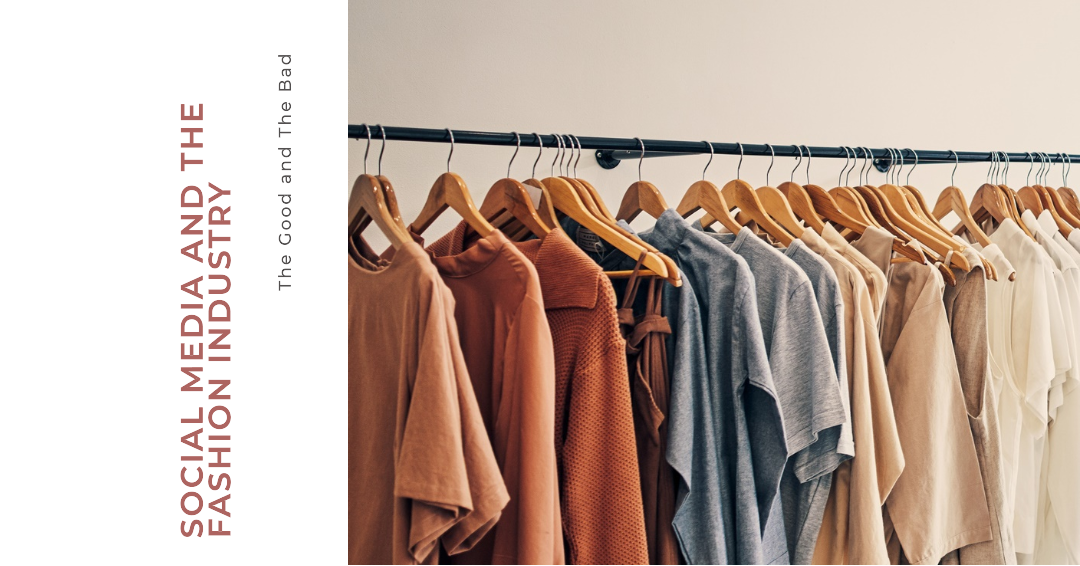Social media has completely revolutionized the fashion industry in recent years. From influencers to fashion bloggers, social media has given rise to a new kind of fashion celebrity and a new way of engaging with consumers. While there are certainly benefits to this shift, there are also drawbacks that the industry is grappling with. Here, we’ll take a closer look at the good and the bad of how social media has changed the fashion industry.
The Good:
- Increased Access: Social media has made fashion more accessible to consumers than ever before. With influencers and bloggers sharing their fashion choices, styling tips, and recommendations, consumers can get inspiration and access to new brands and designers more easily than ever before.
- Diversity and Inclusion: Social media has allowed for greater representation and diversity in fashion. Influencers and bloggers from all backgrounds can showcase their personal style and share their experiences in the industry, giving a voice to those who have traditionally been marginalized in fashion.
- More Engagement: Social media has given brands and designers a new way to engage with consumers. Through Instagram, Twitter, and other platforms, they can share behind-the-scenes looks, new product releases, and exclusive content that can help build loyalty and excitement around their brand.
- Data and Insights: Social media provides a wealth of data and insights that can help brands make better decisions. From tracking engagement rates to analyzing customer feedback, brands can use social media to gain a better understanding of their target audience and what they want from their fashion choices.
The Bad:
- Pressure to Keep Up: Social media has created a culture of constant consumption, where new trends and styles are constantly being shared and promoted. This can put pressure on consumers to keep up with the latest trends, even if they don’t align with their personal style or values.
- Sustainability Concerns: The fast pace of social media has led to a “fast fashion” mentality, where brands churn out new products at an alarming rate to keep up with demand. This can lead to environmental concerns around overproduction, waste, and unsustainable practices.
- Misinformation: With so many voices in the fashion space, it can be difficult for consumers to distinguish between credible sources and those promoting misleading or inaccurate information. This can lead to confusion and misinformed purchasing decisions.
- Lack of Authenticity: As more and more influencers and bloggers enter the fashion space, there is a concern that the authenticity and sincerity of the industry is being eroded. With sponsored posts and paid partnerships, it can be difficult for consumers to know whether a post is genuinely recommending a product or simply promoting it for financial gain.
In conclusion, social media has had a profound impact on the fashion industry, both positive and negative. While it has given rise to greater diversity and accessibility, it has also created new challenges around sustainability, misinformation, and authenticity. As the industry continues to adapt to these changes, it will be important to find ways to leverage the benefits of social media while mitigating its potential drawbacks.

